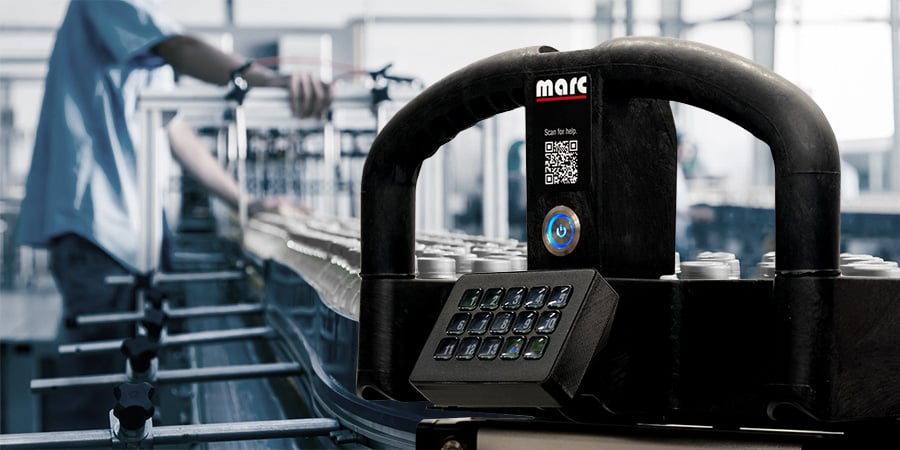
Many organizations are hesitant to invest in emerging technologies. Questions about the current erratic global business climate already cloud decision making, and the unpredictability of how long technologies remain relevant only slows the process more. Will a new technology be around — and still working — in five years? What about a decade from now? Might it be obsolete in a year’s time?
Despite the hesitation, technology is an integral part of the present and future business landscape. In warehousing and manufacturing, automation has shifted from experiment to mainstream necessity. Autonomous mobile robots (AMRs) have largely redefined efficiencies within automated and manual workflows — tamping down concerns about the impact of the ongoing labor crisis and the spike in ecommerce.1
With a market value poised to exceed $51 billion by 2023, AMRs undoubtedly have global warehouse robot revenues rolling.1 But, does the meteoric rise signal necessity or AMR manufacturers designing technologically advanced carts to justify charging what the market will bear?
The answer likely lies somewhere between the two, but that doesn’t mean warehouse and manufacturing decision makers are caught between a rock and a hard place. The times call for shrewd investment in automation to achieve flexibility, scalability, reliability and safety in warehouse and manufacturing environments — which doesn’t necessarily translate to tying up current capital and future profitability in bells and whistles.
Automation is only complex — and expensive — if you make it that way. There are simple ways to begin the process of automating; due diligence and research are musts when getting started.
The same principle holds true with AMRs. Numerous companies offer solutions for automating with robots. Some are very complex, requiring integration with your warehouse management system (WMS) and need weeks — or even months — of implementation time and technical training to add to worker skill sets.
It can be very intimidating for workers and very expensive for management, which is antithetical to what AMRs are meant to do: enable human workers to be more efficient, productive, and profitable.
On the other hand, there are simpler AMR options available that don’t require intensive training, integration, WiFi or a huge price tag.
MūL is a mobile autonomous robotic cart with the brains to map your facility, avoid obstacles in its path, and get items weighing up to 500 pounds where they need to go, when they need to get there without relying on Wi-Fi or complex infrastructures. Just pre-program a destination with a single EZ-GO navigation command, tap one button, and the completely autonomous cart is on its way.
It couldn’t be easier to get work done — or more affordable. MūL’s Mobile Autonomous Robotic Cart is about one-fifth of the price of its over-designed counterparts, which makes for attractive ROI in the short- and long-term. Plus, the sophisticated yet simple AMR eases worker anxiety about using the technology. There’s no time-consuming training or steep learning curves. It is essentially ready to go to work right out of the box.
These are all reasons enough for decision makers to invest in MūL’s option for their warehouses and manufacturing facilities. However, the value to your operation increases exponentially when you factor in three significant cost advantages.
AMRs like MūL’s are designed to enhance warehouse productivity. In doing so, certain ancillary cost savings are also realized. We’ve already mentioned the lower implementation costs versus fixed systems, but consider these 3 additional benefits:
The future belongs to technology. The MūL cart is an AMR investment that delivers both workflow efficiency and automation process simplicity.
To explore how your workflows can benefit from greater productivity and affordability — or to get started right away — contact the MūL Technologies team today.
SOURCES
1Robotics & Automation News, Revenues from robotics in warehouses to exceed $51 billion by 2030, August 19, 2021
2Conveyco, Cost Factors & Justification for Autonomous Mobile Robots (AMRs), May 13, 2021
These Stories on Implementing automation